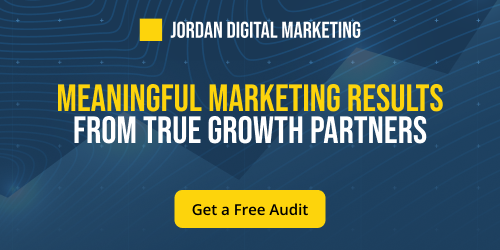Marketing attribution has always been a challenge, particularly for B2B brands with long sales cycles and complex buyer journeys. As marketers push for more reliable tracking and campaign optimization, LinkedIn has taken a step forward with two major updates: Conversion API (CAPI) and the Revenue Attribution Report (RAR).
These tools are designed to help advertisers better track and attribute conversions, even in a cookie-less world. So what do these updates mean for B2B marketers, and how can we leverage them to drive more effective campaigns? Let’s dive in.
What Is the LinkedIn Conversion API (CAPI) and Why Does It Matter?
LinkedIn’s Conversion API (CAPI) allows advertisers to bypass browser-based tracking limitations by sending conversion data directly from their server to LinkedIn. This means businesses can measure conversions more accurately, even as third-party cookies phase out.
Previously, LinkedIn advertisers relied heavily on the LinkedIn Insight Tag (pixel) to track user activity on their websites. However, browser restrictions and cookie-blocking technologies have made it increasingly difficult to track conversions reliably. CAPI changes that by providing:
- Enhanced Accuracy: Tracks conversions beyond what the pixel can capture, including offline and CRM-based data.
- More Reliable Attribution: Since CAPI is server-to-server, it avoids data loss caused by browser privacy policies.
- Lower CPA & Better Optimization: With more accurate conversion data, advertisers can fine-tune their campaigns and reduce wasted spend.
For B2B brands that rely on lead generation and long-term nurturing, CAPI is a game-changer, helping to connect ad interactions with actual business outcomes.
What Is the Revenue Attribution Report (RAR) and Why Is It Important?
One of the biggest challenges for B2B marketers is tying ad spend to actual revenue. Sales cycles often last months or even years, making it difficult to prove ROI.
LinkedIn’s Revenue Attribution Report (RAR) helps bridge this gap by analyzing data from offline conversions (HubSpot, Salesforce, CAPI, etc.) to provide a clearer picture of which campaigns are driving real business impact.
Why does this matter?
- Longer-Term Measurement: Unlike traditional conversion tracking, RAR accounts for the extended B2B sales process.
- More Accurate ROI Analysis: Connects ad engagement with closed deals to showcase marketing’s contribution to revenue.
- Better Budget Allocation: Helps advertisers shift spend to campaigns and audience segments that generate the most revenue—not just the most leads.
For B2B brands, this means no more guesswork. Instead of relying solely on form fills or MQLs as success metrics, marketers can now track full-funnel impact and optimize accordingly.

How Does LinkedIn Compare to Google and Meta in Attribution?
While these updates are significant, LinkedIn still has some gaps compared to Google and Meta.
- Multi-Touch & Cross-Channel Attribution: Google and Meta have invested heavily in aggregated event measurement and data-driven attribution models, making it easier to track the entire buyer journey across multiple touchpoints.
- CRM & Offline Conversion Tracking: Google and Meta offer broader and more advanced CRM integrations, providing better lead quality insights.
- Brand Lift Testing: While LinkedIn offers brand lift studies, they require significantly higher ad spend compared to Google’s more accessible options.
That said, LinkedIn’s advanced audience targeting remains a huge differentiator for B2B marketers, allowing them to reach highly specific, qualified buyers more effectively than other platforms.
Will LinkedIn Capture More B2B Ad Spend in 2025?
With these new attribution tools and LinkedIn’s continued investment in thought leadership, video ads, and audience insights, we’re seeing more advertisers shift budget toward LinkedIn.
The biggest challenge has always been proving ROI—but with CAPI and RAR, marketers can justify ad spend more confidently than ever before.
As LinkedIn continues to refine its attribution capabilities and ad offerings, it’s becoming an increasingly powerful platform for B2B marketing success. Marketers who embrace these tools early will be better positioned to drive measurable growth in 2025 and beyond.